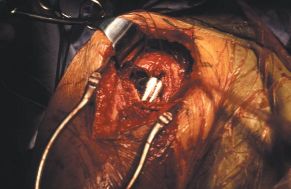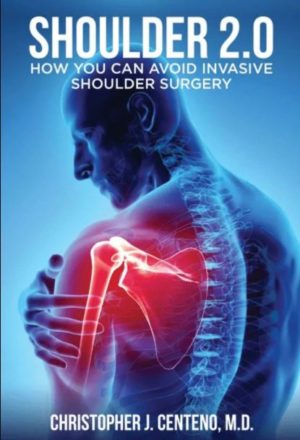Tears of rotator cuff are commonly repaired surgically where the damaged tendon is sutured or stapled onto bone. 
Failures can occur due to breakdown of the “repaired tendon.” Rotator cuffs patches offer a possible solution.
Rotator cuff patches are commercial products which are placed during surgery over the repaired rotator cuff tendon. The goal is to reinforce soft-tissue and facilitate tendon healing. Just as your grandmother might have patched a hole in your jeans with a swatch of cloth, surgeons add a patch over the repaired rotator cuff.
Several products are available which come from different sources, including the dermis (skin) and small intestine submucosa from humans as well from porcine (pig) and bovine (cow) donors. Insertion of tissue not originating from the patient can result in many problems including inflammation and rejection. Remember all the problems women suffered from silicone implants despite the fact they were reported to be safe by the FDA? Another problem is the strength of the patch. One study demonstrated that the elastic strength of all currently-available materials is lower than that of tendon, implying a limited mechanical role in strengthening tendon repair.
Stem cell therapy for regeneration of torn rotator cuffs in now available through Regenexx. It is a simple needle-in, needle-out procedure which enables the patient to use their own stem cells and forgo the risks of surgery, anesthesia, possible inflammation and rejection of a graft made from the skin or intestine from a cow or pig. Below is MRI demonstrating a tear in the rotator cuff which was successfully repaired using stem cell therapy at Regenexx.

